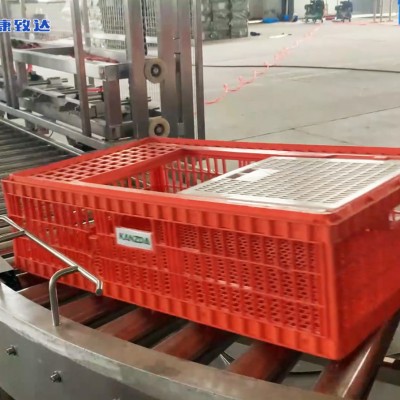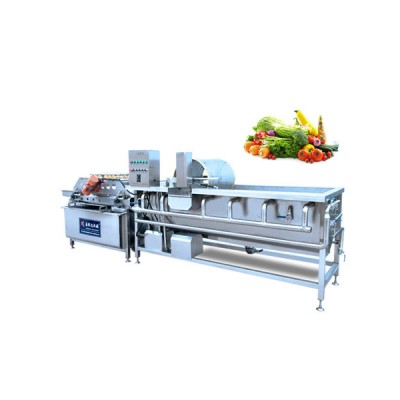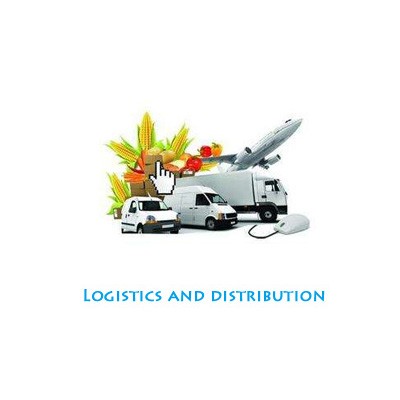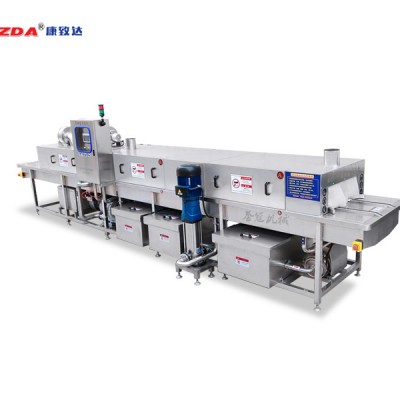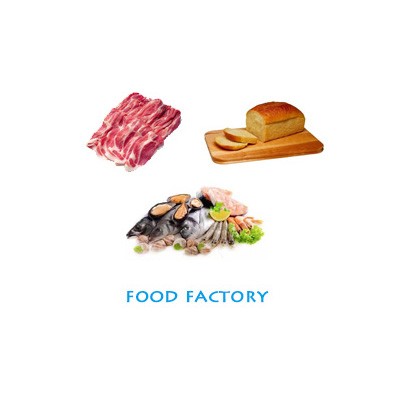15/12/2021 Bangkok – The Food and Agriculture Organization of the United Nations (FAO) and the United Nations Children’s Fund (UNICEF) recently released a joint report saying that the food security and nutrition situation in the Asia-Pacific region is becoming increasingly critical, with more than 375 million people facing hunger in 2020, 54 million more than the previous year.
While hunger is worsening, access to nutritious food is also becoming more prominent.
According to the Regional Overview of Food Security and Nutrition in Asia and the Pacific 2021, more than 1 billion people in the Asia-Pacific region alone will not have access to adequate food in 2020, an increase of nearly 150 million people in just one year.
The high cost of healthy diets, coupled with the persistent problems of poverty and income inequality, make it difficult to achieve universal access to healthy diets among the 1.8 billion people in the Asia-Pacific region.
Adverse trends intensify with new epidemic outbreaks
Progress in reducing the number of undernourished people has stalled in recent years, and last year it was reported that the prevalence of certain nutrition indicators, such as stunting in children under five, was already too high.
Since then, the situation has tended to worsen. Although it is not possible to fully quantify the adverse impact of the new crown epidemic on food security and nutritional status, the epidemic has had a severe impact on the Asia-Pacific region. Even countries that initially reported few cases have been negatively impacted by the outbreak prevention measures, which, combined with population health issues, have severely contracted the Asia-Pacific region and the global economy. The disruption of food supply chains has added to the problem.
Next steps
Governments have responded proactively and taken strong social protection measures at a critical time to keep the situation from deteriorating further. In rebuilding a better food environment, the future of agri-food systems will have to support better production, better nutrition, a better environment, and better livelihoods.
In this regard, FAO and UNICEF emphasize the need to focus on meeting the needs of smallholder farmers, family farmers and indigenous peoples in the Asia-Pacific region. Food systems should also prioritize meeting the dietary needs of vulnerable groups such as young children and women.
Both sides committed to ensuring that recovery plans are in place and to using events such as the UN Food System Summit, the Nutrition for Growth Summit, and the 2021 UN Climate Change Conference (UNFCCC COP 26) as opportunities to promote the transformation of agrifood systems and improve food security and nutrition. The next step will be to implement these commitments and achieve the second Sustainable Development Goal to eliminate food insecurity and malnutrition.
Related links.
Full Report (English) https://www.fao.org/3/cb7494en/cb7494en.pdf


